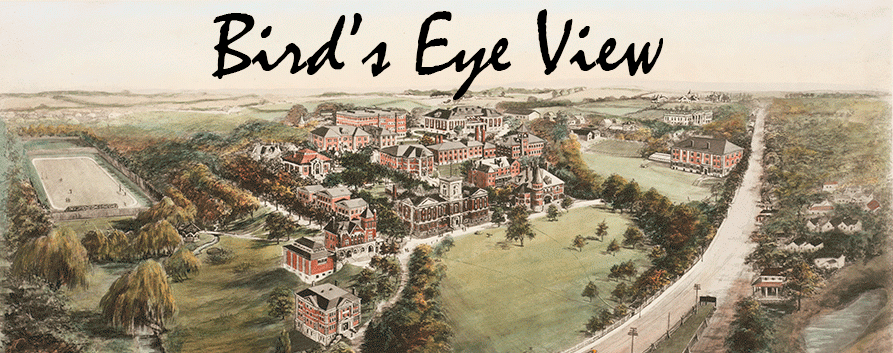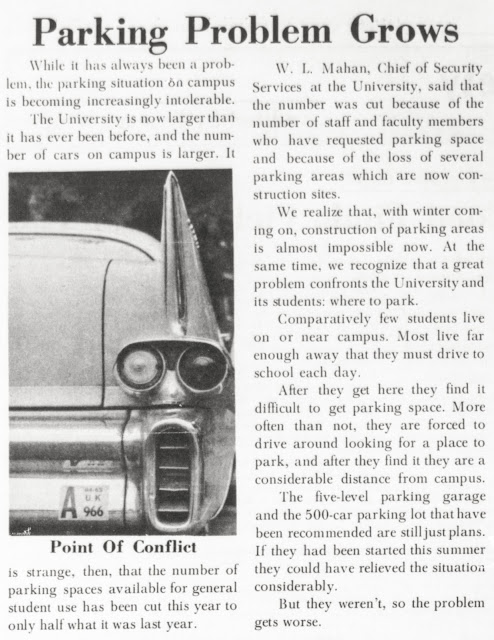When someone mentions students riots one immediately thinks of students in the 1960's and early 1970's demonstrating in support of the civil rights movement, the women's movement, the anti-war movement, or any number of student movements from that time.
At least some UK students decided to disrupt the "tranquility" of the 1950's by engaging in a demonstration on the UK campus and through the streets of Lexington which was reported in detail in the November 24, 1959 Kernel. What major societal issue could cause such a student disturbance in 1959? Well, students wanted a holiday from class the day before Thanksgiving.
The problem began a year earlier in 1958. Following UK's 6-2 football victory over Tennessee. Governor Albert B. "Happy" Chandler, a huge UK sports fan and Chair of the UK Board of Trustees, proclaimed the Wednesday before Thanksgiving a state holiday in recognition of UK's victory over the Vols effectively dismissing classes at UK that day. Governor Chandler claimed to have no knowledge of the UK faculty's earlier decision not to dismiss classes that day. All of this placed UK President Frank Dickey in a nearly impossible position.
In 1959 some students requested that classes be dismissed again on the Wednesday before Thanksgiving. The UK faculty voted not to dismiss classes and the trouble ensued.
The day after a demonstration through downtown Lexington a second protest march by the students was held on campus.
To this day a debate continues among most colleges and universities about how best to handle classes the week of Thanksgiving.
Happy Thanksgiving everyone.



















